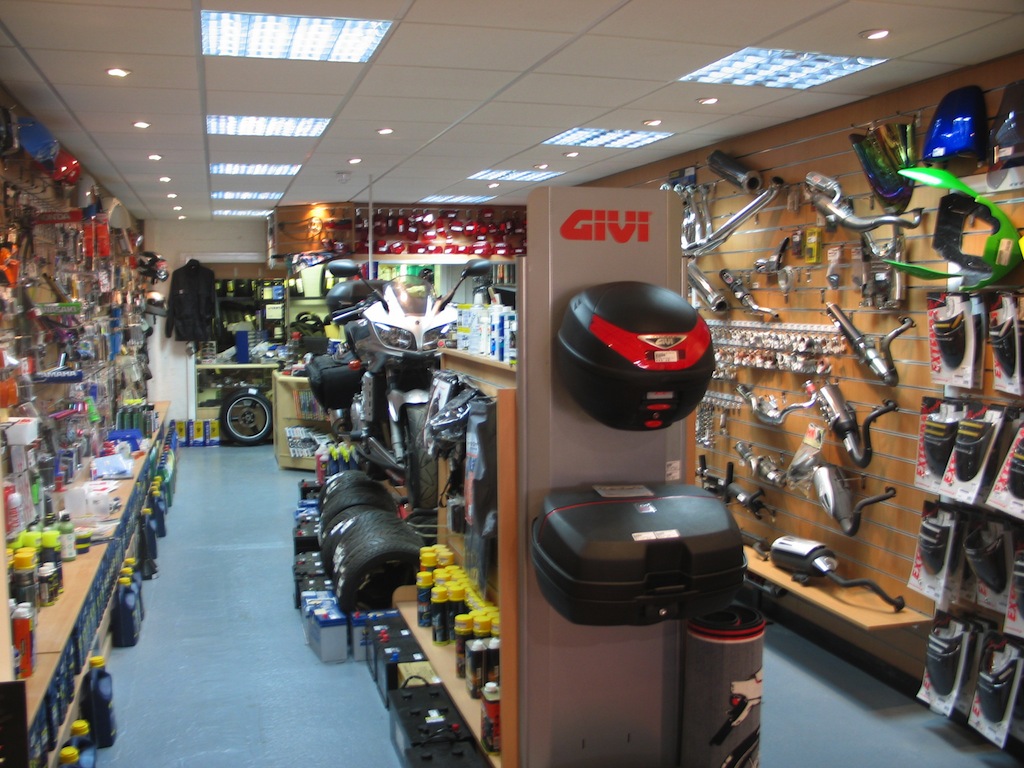Discover the Latest Motocross Gear NZ for Every Level of Rider
Discover the Latest Motocross Gear NZ for Every Level of Rider
Blog Article
Grasping Motorbike Gears: Exactly How to Enhance Your Riding Experience
In the realm of motorcycling, grasping the art of gear manipulation is important for improving your riding performance. Properly recognizing and making use of bike gears can considerably impact control, fuel, and velocity effectiveness, transforming an average adventure right into a seamless, exhilarating trip. By integrating accurate change timing and adjusting gear option to numerous road conditions, motorcyclists can make sure optimal engine efficiency and security. The nuances of clutch control, throttle control, and gear technicians bid a much deeper exploration, promising to open the full possibility of your device. How can these methods be utilized to genuinely optimize your riding experience?
Understanding Gear Mechanics
How do the details of equipment mechanics influence motorcycle efficiency? At the core of motorcycle characteristics, gear auto mechanics play a critical duty in converting engine power into motion, eventually determining rate and control. Gears, meticulously crafted components, allow bikers to enhance torque and speed, making certain a smooth change through various terrains and speeds. The equipment proportions, very carefully made, establish the partnership in between engine changes and wheel turns, affecting velocity and gas performance.
Understanding equipment technicians starts with acknowledging the importance of the transmission, which houses numerous gears of varying dimensions. These gears connect via a process referred to as meshing, where teeth of various gears engage to send power. The precision of this interaction is critical; any type of misalignment or damages can result in ineffective power transfer, impeding performance. In addition, the plan and dimension of gears affect the motorcycle's ability to manage different tons and speeds.
Furthermore, the principle of gear moving is integral to maximizing performance. Timely and smooth shifts make certain that the engine operates within its ideal power band, preventing unnecessary stress and boosting long life (motocross gear nz). By comprehending these mechanical ins and outs, riders can achieve an unified mix of power, control, and efficiency, boosting their riding experience
Timing Your Shifts
Change timing mastery is vital for maximizing bike efficiency and enhancing the riding experience. Correctly timed shifts make sure that the engine runs within its optimum power band, which is crucial for maintaining control, achieving smooth velocity, and making certain the longevity of the motorcycle. Motorcyclists need to create an instinctive feeling of when to change equipments, which entails recognizing the partnership in between engine revolutions per minute (RPM) and speed.
To grasp shift timing, pay very close attention to the engine's sound and feel, as these give essential ideas concerning when to transform equipments. When the engine approaches the upper range of its power band without getting to the redline, the excellent change factor commonly takes place - motocross gear nz. Moving prematurely can lead to an absence of power, while moving far too late might create unnecessary engine strain
In addition, roadway conditions and riding design influence shift timing. In urban setups, smoother and much more constant changes may be needed to navigate website traffic effectively. In comparison, during freeway riding, fewer changes at higher rates can be better suited. Exercising in varied settings will boost your capability to time changes exactly, inevitably raising your riding experience to a specialist level.
Enhancing Fuel Performance
While grasping bike gears is vital for performance, improving gas efficiency is similarly vital for both economic and ecological reasons. Optimum fuel usage not just lowers operational expenses yet also lessens the eco-friendly footprint of riding. To achieve this, one need to recognize the intricate connection between gear selection and engine efficiency.
To start with, picking the ideal equipment at suitable speeds can dramatically influence fuel consumption. Riding in a higher gear at lower speeds can cause engine hauling, which is detrimental to both fuel economic climate and engine health and wellness. Alternatively, riding in reduced equipments at broadband results in unnecessary gas consumption. Thus, maintaining an optimal balance by shifting gears in alignment with road conditions and anticipated Source maneuvers is important.
In addition, normal upkeep plays an essential function in fuel efficiency. Ensuring that the motorcycle is well-tuned, with tidy air filters and effectively pumped up tires, can improve aerodynamics and reduce fuel wastage. In addition, taking on a riding style that embraces steady velocity and smooth deceleration can add to far better fuel economy.

Techniques for Smooth Transitions
Attaining smooth equipment transitions is basic to improving the riding experience and ensuring the long life of a motorcycle's transmission system. Appropriate equipment moving not just adds to a smooth experience but likewise minimizes damage on the mechanical components. To understand the art of smooth transitions, cyclists should concentrate on a few vital techniques.

Second of all, clutch control plays a pivotal function. Involving and disengaging the clutch efficiently requires practice. The clutch lever must be launched gradually, enabling a seamless transfer of power from the engine to the wheels without triggering a shock or sudden movement.

Adapting to Road Problems
Navigating varied roadway problems is a vital ability for any type of motorcyclist intending to preserve control and security. Whether you're riding on wet surfaces, gravel roads, or browsing doglegs, your capacity to adjust your gear usage and riding technique is paramount. Understanding classic motorcycle gloves how to readjust your equipments properly can substantially affect traction and stability, guaranteeing a safer trip.
On damp roads, it is recommended to maintain greater equipments to decrease torque and reduce wheel spin. This approach aids preserve grip on unsafe surface areas, enabling for smoother acceleration and slowdown. On the other hand, when riding on gravel or irregular surface, lower equipments are more effective. Lower equipments supply much better control and allow find this you to react more promptly to unforeseen changes in the roadway surface.
Sharp curves require precise equipment management to stabilize speed and control. Downshifting prior to entering a curve can aid preserve energy while guaranteeing the bike stays secure throughout the turn. Consistent method in varied conditions boosts your ability to respond and forecast to changes in road appearance and incline.
Final Thought
Understanding bike equipments dramatically boosts the riding experience by boosting control, acceleration, and gas performance. Adjusting equipment selection to numerous roadway problems, such as making use of greater gears on wet surfaces and lower equipments on crushed rock, additional boosts handling and security.
Recognizing equipment technicians begins with identifying the relevance of the gearbox, which houses multiple equipments of differing dimensions. These equipments communicate with a process known as meshing, where teeth of various equipments engage to transmit power (motocross gear). Gentle adjustments to the throttle throughout gear shifts can protect against jerky motions and preserve a consistent riding rate
Whether you're riding on wet surfaces, crushed rock roads, or browsing sharp turns, your capability to adapt your gear usage and riding strategy is extremely important. Adjusting gear option to different roadway problems, such as using greater gears on damp surfaces and reduced gears on crushed rock, additional enhances handling and security.
Report this page